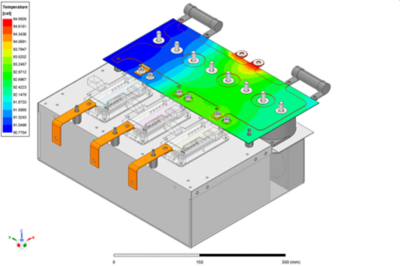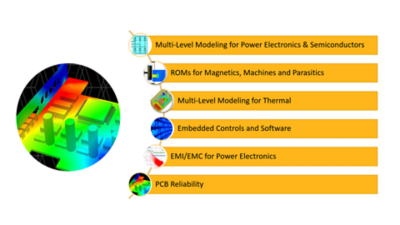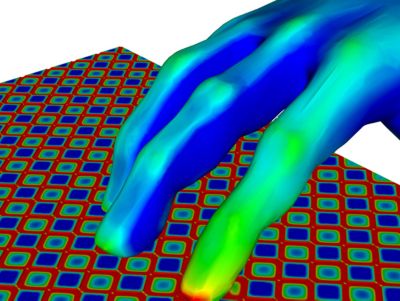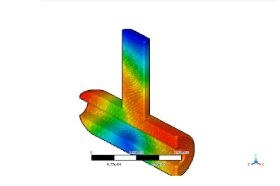In 2014, SuperGrid Institute developed an isolated DC-DC power converter to connect low-voltage DC loads, such as EV chargers, to a low-voltage DC network (LVDC). For MVDC, the company adopted a cascaded topology with individual blocks of 100 kW using medium-frequency transformers and silicon carbide (SiC) power modules. The development of this converter required a simulation process to meet the complex criteria points. A multiphysics simulation was required beyond the initial level of electric challenges, alongside the inclusion of mechanical constraints and the ability to simulate the power density of power modules, temperature control, and any issues with the semiconductor.
SuperGrid Institute initially chose the Ansys Mechanical and Ansys Electronics solutions to build a dedicated multiphysics simulation workflow for its power converters. The workflow eventually became key to the daily activities of validating calculations, connecting data paths and troubleshooting of existing solutions.
Ansys software solution suite features an easy data-exchange solution allowing for accelerated development with emphasis on an engineering-based solution.
Using Ansys Q3D Extractor, Ansys Maxwell 3D and Ansys Twin Builder, SuperGrid Institute can efficiently design and simulate power converters thanks to the nonlinear and linear solvers. Ansys Icepak helps with thermal management of the electronic components. The Ansys integrated electronics tools, such as workflow automation, help SuperGrid Institute solve the most pertinent thermal, electrical, and mechanical issues. On the user interface, teams can customize and automate solutions for any structural mechanics problems and parameterize them to analyze numerous design scenarios.

















